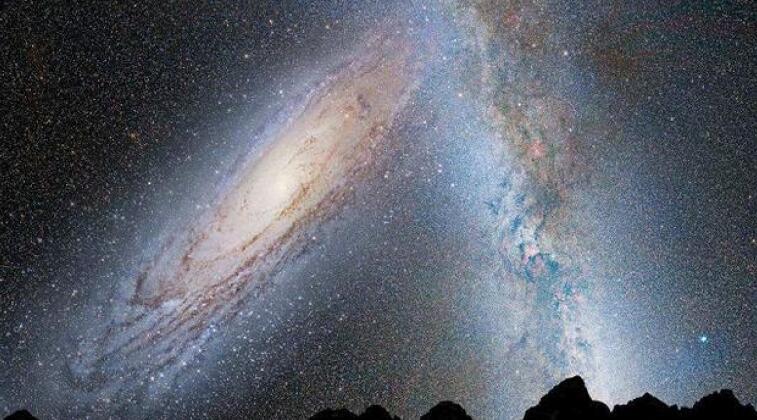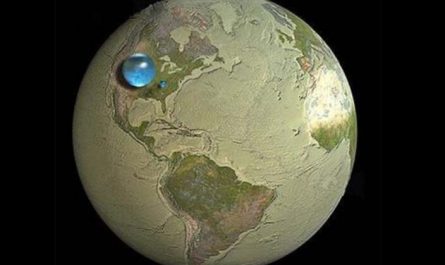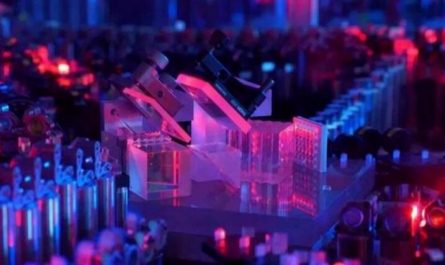First of all, I am not God.
Everything in the world is running wildly, without a destination.
If you have a little knowledge of astronomy and geography, you should know that the world is in motion. From the cosmic bodies to the microscopic particles, the matter in every corner is moving. If you use the subject of this topic, it is all in motion. Run wild. Where are you heading? It is from birth to growth to death, even if it is dead, it is still running wildly. Because both celestial bodies and living things are composed of cosmic elements. When they penetrate into the quantum world, they are all composed of elementary particles. Birth is the aggregation of particles, and death is the return of particles to nature. The birth and death of matter, mass and energy are different. Extinction, particles are still particles, and any particles after death are still in motion.
These particles are always moving fast, and they conform to the uncertainty principle, that is, the law of uncertainty. It is impossible to measure their momentum and position at the same time. Isn’t it a rush? Since the particles at the deepest level are all rushing, it can be considered that all the materials are rushing. There is nothing wrong with this, right? And is there a goal for their rush? No, it means life and death. Life and death alternate continuously. Is this a goal?
Roughly talk about the movement of celestial bodies.
The earth revolves around the sun, the sun revolves around the center of the Milky Way, the Milky Way is moving in the local group of galaxies, and as the local group of galaxies revolves around the gravitational center of the local supercluster, the local supercluster is revolving around a larger source of gravitation. Movement, the structure of the universe is like a matryoshka, the layer structure is getting bigger and bigger, and ultimately it is the limit of our human understanding and the observable universe.
The observable universe has a radius of 46.5 billion light years. The so-called observable universe is not the universe that humans have already observed and understood, but based on the co-movement distance between the standard universe model and the expansion of the universe, the limit that humans can observe in the future is calculated. Beyond this range, humans will never be able to observe. To. The unobservable part is the unobservable universe. Humans will never know how big this universe is.
Let’s talk about the Milky Way more specifically.
The Milky Way is the home of our solar system and contains about 400 billion stars. The sun is just one of the ordinary yellow dwarfs. It is now believed that the diameter of the Milky Way is not less than 200,000 light years. When the Milky Way is zoomed out, it looks a bit like a discus of a sports event, with a thick middle and thin edges. The Milky Way belongs to the barred spiral galaxy of the spiral galaxy category. The whirlpool is a bit like a paper origami windmill played by children, but the windmill “blade” (cantilever) of the Milky Way is a bit uneven, with two large cantilevers and two shorter underdeveloped ones. cantilever.
The Milky Way is also called a barred spiral galaxy, because there is an obvious rod-shaped shiny structure in the center of the galaxy, and the two large cantilevers emerge from both ends of the rod-shaped structure. The sun is not on these two well-developed large cantilevers, but on one of the cantilever called Orion’s underdeveloped arms. It is about 16,000 light-years from the center of the galaxy, and it is “running wildly” at a speed of about 250km per second. It takes about 250 million years to make a revolution with the silver heart.
The position and movement of the Milky Way in the superior celestial structure.
The Milky Way is one of about 50 galaxies included in the local group of galaxies. It ranks second among them and is the second largest galaxy. The “boss” is called the Andromeda galaxy, and the rest are smaller galaxies, called “dwarf galaxies.”
There is no gravitational center in the local group of galaxies, and the remaining dozens of dwarf galaxies are divided by the two “big two and two”, and are respectively constrained by the gravity of Andromeda and the Milky Way. The “boss and the second” are both fighting each other and cherishing each other. Under the action of gravity, they are rushing closer at a speed of about 300km per second. They are now 2.54 million light-years away. It is expected that they will be in close contact and embrace each other in 3 to 4 billion years. together.
What happens if the Milky Way collides with the Andromeda Galaxy?
The fusion of two large galaxies has always been a spectacular event in the universe. The Hubble Space Telescope has captured many pictures of the merging of galaxies (see the picture above), which is of course unparalleled magnificence and splendor. In that era, will the sun be destroyed by collisions? No one knows. However, most scientists believe that the stars in the galaxy are actually far sparser than expected, so the probability of galaxy fusion stars colliding is very small.
An analogy can be made here. The relationship between our sun and surrounding stars is reduced to compare. It is like two coins separated by one or two thousand kilometers. Even if a coin is inserted twice as much, it will be difficult to hit it.
The question now is, after three to four billion years, can human beings still exist? If mankind can really last that long, science and technology civilization would have reached the level of the third level of the universe, and would have left the earth and solar system with deteriorating ecological conditions long ago, so it is meaningless to worry about whether the sun will be destroyed.
According to the Kardashev three-level civilization theory widely recognized by the scientific community, when an intelligent body reaches the third-level civilization level, it has the ability to completely control and utilize the energy and resources of a galaxy, and can shuttle between galaxy clusters at will. The merging of galaxies will lead to huge natural disasters, and humans can escape and cope with it completely, so worrying is unnecessary.
Does the galaxy revolve?
In the local galaxy group, the Andromeda Galaxy and the Milky Way seem to be just the “boss” and “the second” playing “two-person turn”, not to mention revolution, the final result is the collision and fusion of love and affection. However, the superior structure of the Milky Way, the local group of galaxies is a member of the local supercluster. The local group of galaxies as a whole revolves around the gravitational center of the local supercluster. The Milky Way and the Andromeda galaxy are members of the local group of galaxies with their own The younger brother naturally followed, which in fact meant that the Milky Way also revolved around the center of this supercluster.
This is the origin of the so-called 600km per second speed. The local supercluster covers an area of 120 million light-years of sky. The local galaxy group is on its edge, so the Milky Way is about 60 million light-years away from the core of the local supercluster. The Milky Way actually follows the local super galaxy cluster at a speed of about 620 kilometers per second, and it takes about 180 billion years to revolve around the local super galaxy cluster.
The celestial structure is getting bigger and bigger one by one.
The local supercluster is composed of hundreds of galaxy clusters (groups), and the local galaxy group where the Milky Way is located is only one of the very small clusters. Just like the countries that make up the United Nations, there are large countries such as China and the United States and small countries such as the Vatican, but they are all one country. The local galaxy group has only about 50 galaxies, and most of them are small galaxies; while the Virgo galaxy cluster at the core of the local supercluster contains more than 2500 galaxies.
It seems that the supernatural galaxy cluster is already very large, but it is only a part of the Rania Kea super galaxy cluster. This huge system contains more than 100,000 galaxies like the Milky Way. On top, there are the Pisces Whale Supercluster, the Sloan Great Wall structure, the Hercules-Corolla Burias Great Wall, and so on. These celestial structures are larger than one, but they are all in the observable universe.
It is the game between dark matter and dark energy that dominates the large-scale movement of the universe.
The celestial structures are in motion all the time, the larger the structure, the faster the overall movement speed. This kind of movement has no purpose. It just follows the interaction of the four basic forces and strikes a balance among the mutual influences. Modern research has found that out of the total mass and energy that make up our universe, the visible matter we can now observe, including stars, nebulae, black holes, and galaxies, accounts for only 4.9%, invisible dark matter accounts for 26.8%, and dark energy accounts for 68.3%. Therefore, the real dominance of cosmic motion is dark matter and dark energy.
Dark energy dominates the expansion of the universe and has a tendency to dilute and separate cosmic matter; while dark matter dominates gravitational contraction, striving to maintain the structure of the universe and the formation and evolution of galaxies and stellar matter. The expansion of the universe is still accelerating. In the future, the game between dark matter and dark energy will determine the future direction and destiny of the universe, as well as the way the universe will die. I have discussed this issue many times in previous articles, so I won’t repeat it here.






